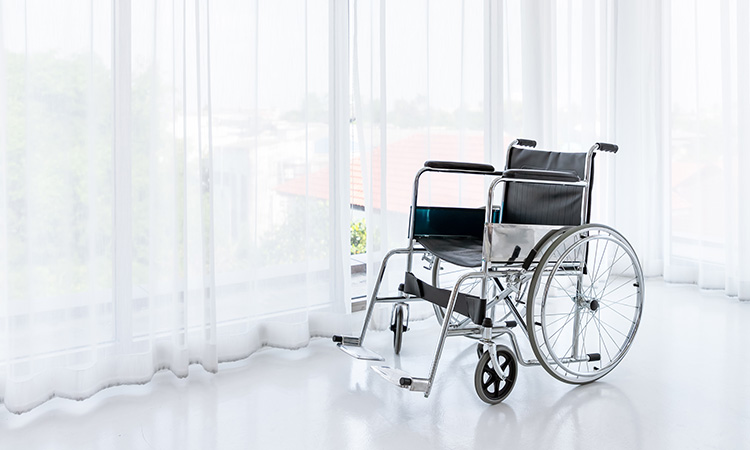
We could make our homes more accessible for our mobility-aid-using friends and family.
Whether someone you live with has started using a wheelchair, you’re planning for your retirement, or you want to make your home more accessible to those who do use mobility aids, we’re here to tell you how you can make your space safe for wheelchair users while keeping it stylish.
Without further ado, here’s our handy guide to style & safety for a wheelchair-accessible home!
The Benefits Of Having A Wheelchair Accessible Home
There are lots of benefits that come with making your home more accessible. Some of the most important are:
- Increased accessibility for guests and family members: Having an accessible home makes it easier for friends and family who use mobility aids to visit and participate in activities. Accessibility also helps with inclusivity, allowing them to feel like part of the team and move around the space independently.
- Increased independence: In homes without accessibility features, people who use mobility aids might find they can’t move from room to room without help from others. Accessibility features allow them heightened independence to feel confident in their movement.
- Improved safety: Safety features can help prevent accidents and falls for everyone who uses the space, not only those in wheelchairs.
- Increased resale value: Though you might not think it, a home that is wheelchair accessible may be more desirable to potential buyers, making it easier to sell in the future. For example, a home with a stair lift or wide doorways may be an ideal purchase for a retired couple who utilises mobility equipment and may be willing to pay more to keep your installations.
- Secure your future/retirement: Needing a mobility aid like a wheelchair is very common in old age. Making your home more accessible when you’re young will help you to set yourself up for the future, making it an easier transition if you wish to stay in the property during retirement.
These are only a few reasons accessibility can benefit you and those around you. Making accessible optimisations to your home is a fantastic way to secure your future and create a safe, functional environment that makes everyone feel included.
Home Modifications To Be More Wheelchair Accessible
Accessibility is no longer about just adding big grab bars or ramps; it’s about small adjustments which make the space easier to navigate for wheelchair users. Making your home wheelchair accessible can involve several modifications, including:
- Wider doorways & hallways: Wider halls and doors can help those who use wheelchairs to move between spaces in their chairs effortlessly. You will often find that only the doorframes need widening, which can be a simple enough modification.
- Accessible electrics: Lower light switches, thermostats and eclectic lighting can help to ensure people in wheelchairs can easily reach and control these appliances.
- Removing barriers: Many older houses will have small dips or stairs built into the foundations. Removing these can help to make it easier for a wheelchair user to navigate the space. If not possible, adding a small ramp can be a fantastic way to ensure wheelchair users can easily access the room they want to be in.
If in doubt or are working with someone’s specific mobility requirements, it’s a good idea to contact a doctor or accessibility specialist for advice on where the best place to start might be.
You Don’t Have To Sacrifice Style To Be Accessible!
It’s important to remember that you don’t have to sacrifice aesthetics to make your home more accessible. Accessibility equipment is available in various styles and colours, helping it blend seamlessly into your home aesthetic.
Ramps can be detachable – meaning you don’t always have to have them out if you don’t need them. They can also be compact for storage and cleverly designed to look attractive when placed on areas such as your front step.
Larger doorways, hallways and arches can also make for a more open home design – allowing more light and air to travel through your home, making it appear bigger than before with extra space.
If your home often feels cramped or claustrophobic, opening up your rooms with bigger doors or substituting a door for an archway (for example, between a living room and dining room) can give you an excellent way to create a new space that feels open and breathable.
Final Thoughts
It’s recommended to consult with an accessibility specialist or a contractor who specialises in home modifications for people with disabilities to ensure that the modifications are done safely and to code.
It’s also important to remember that accessibility needs may change over time, so it’s worth thinking about future needs and how to make the home adaptable for them. There’s no time like the present to plan your future!

Holly Morran
Author
As Cure Media’s Marketing Manager for the UK, Holly is relieved to finally have an excuse for how much time she spends on Instagram. When she isn’t glued to her favourite influencers’ feeds, Holly is an enthusiastic patron of the London brunch scene and a lover of all things theatre.

Leave a Reply